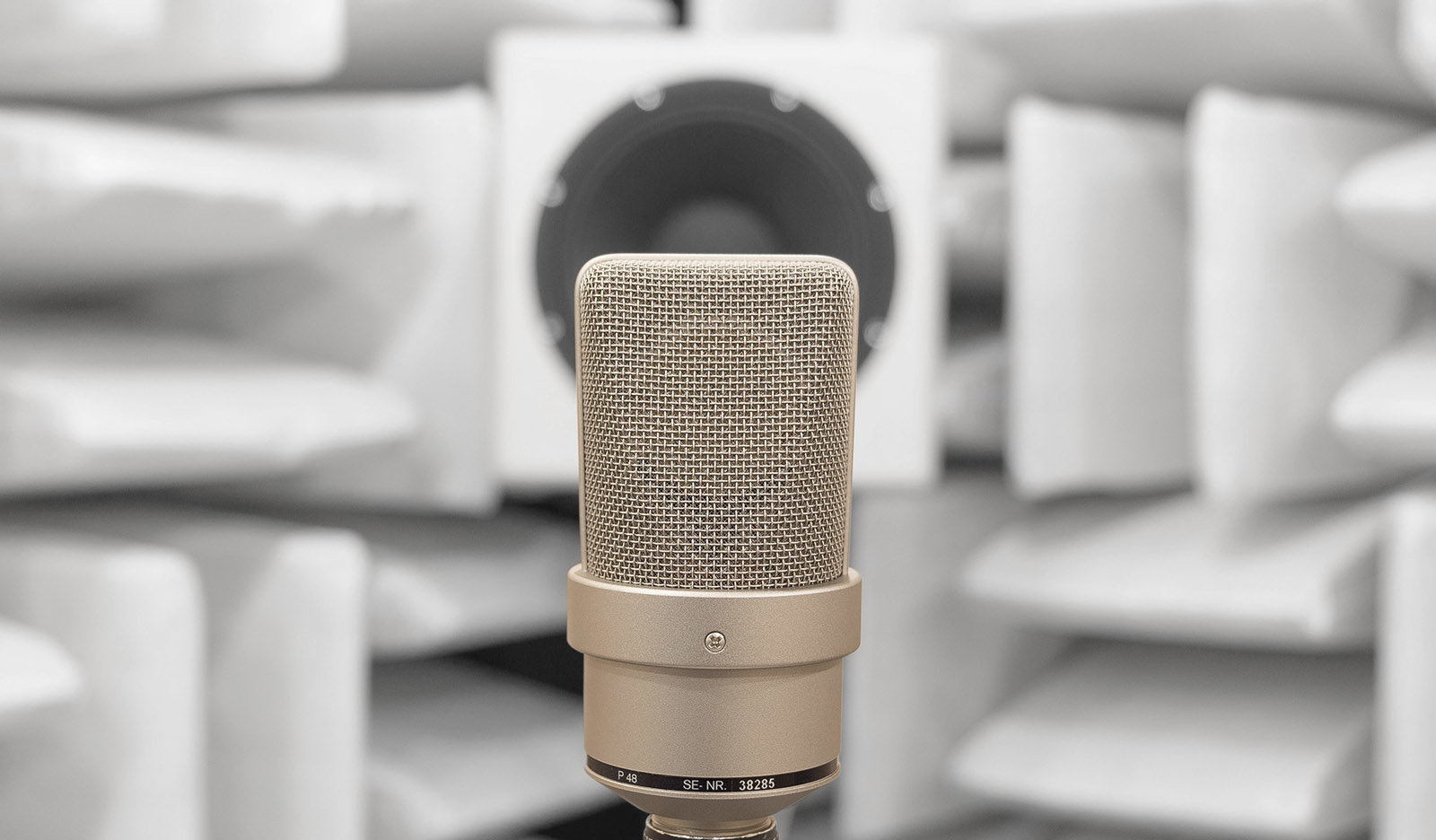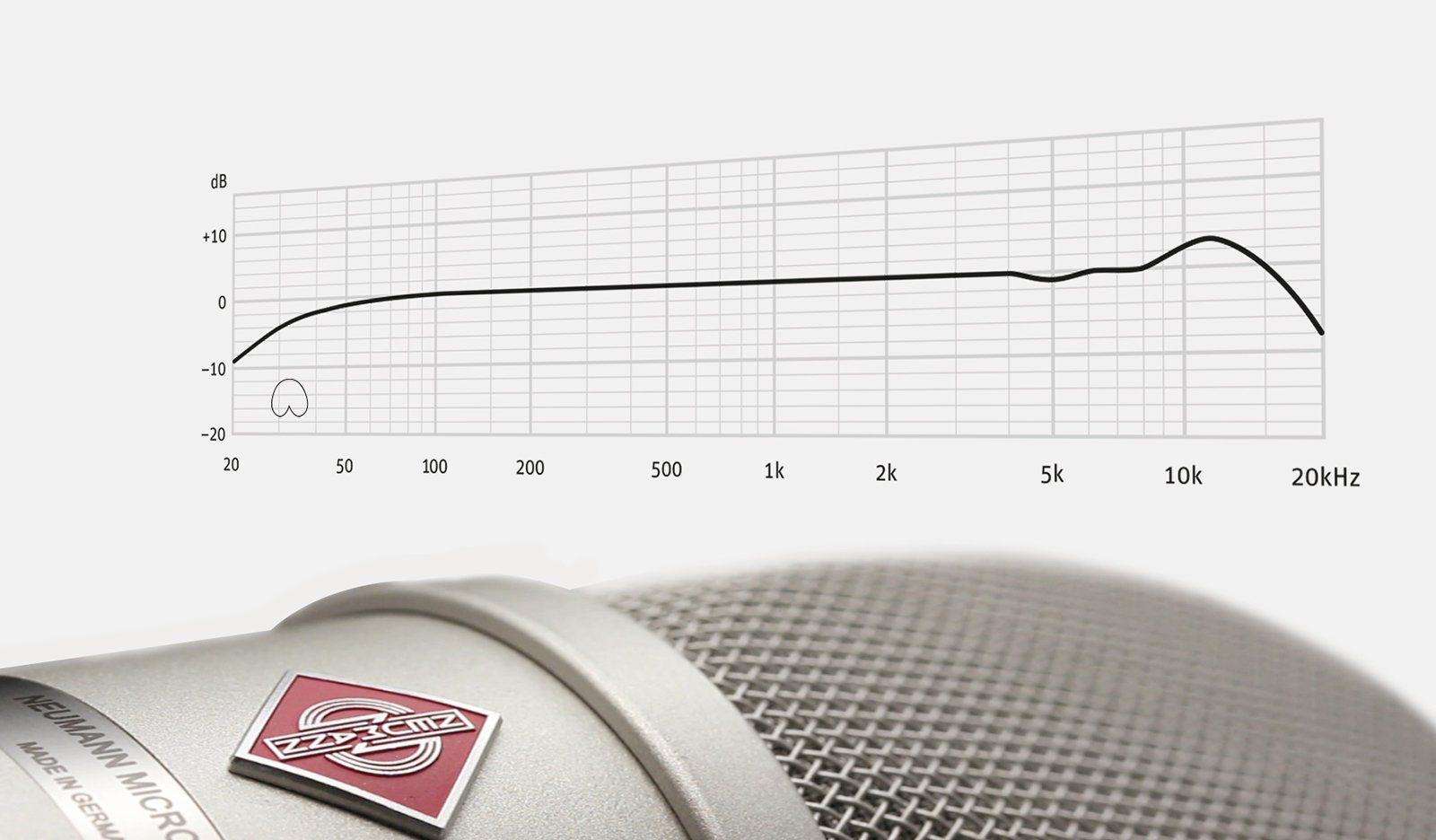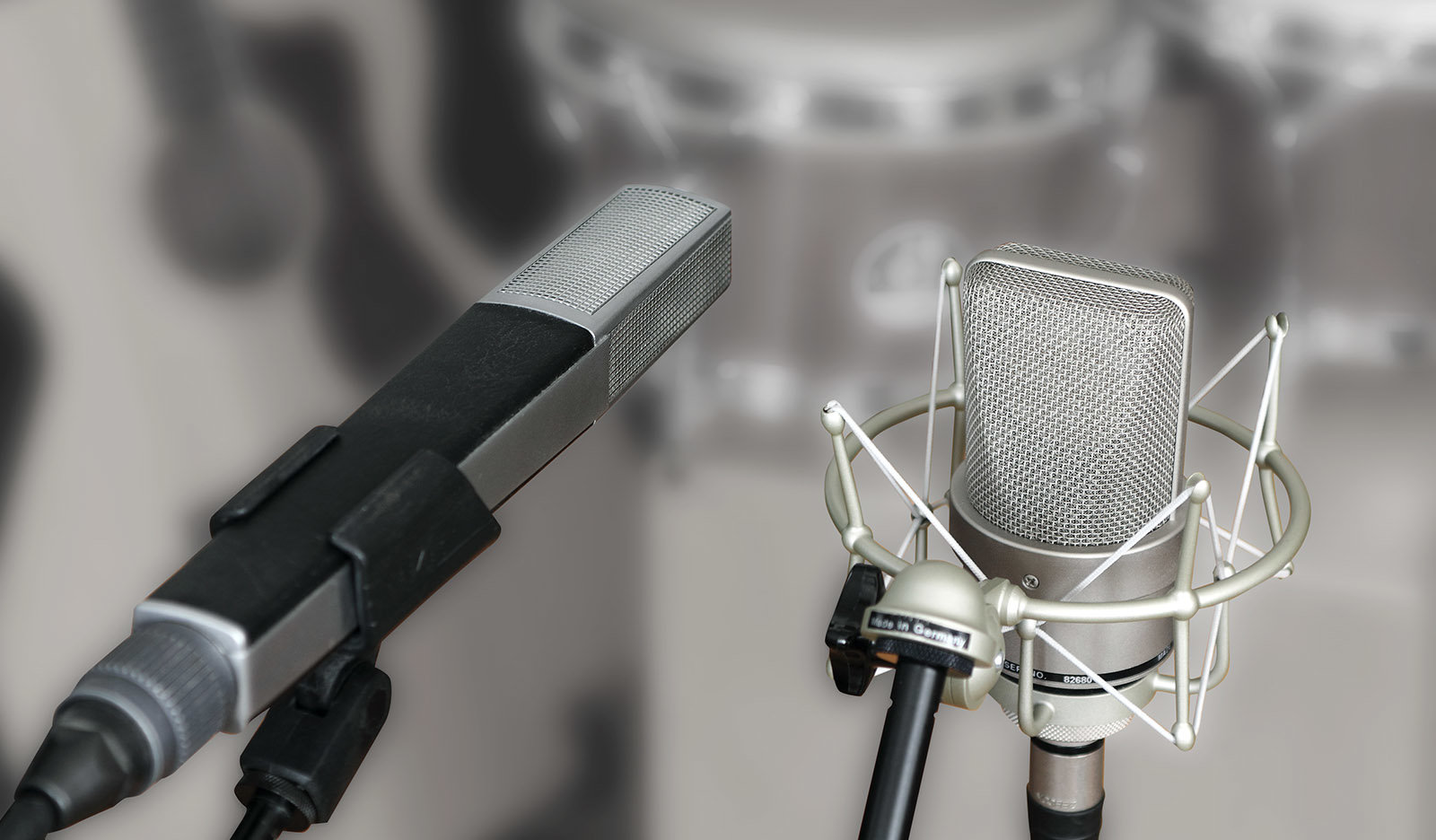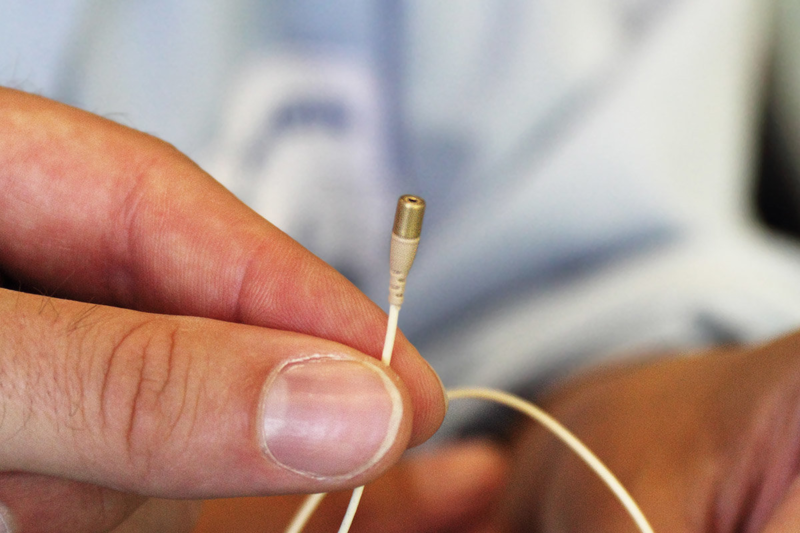WHAT IS THE DIFFERENCE BETWEEN ELECTRET CONDENSER AND “TRUE CONDENSER” MICROPHONES?
Studio microphones are often advertised as “true condensers”. What does that mean, and is there such a thing as “false” condenser microphones?
WE NEED AN ELECTRIC CHARGE
As was explained in our previous tutorial “What is a Condenser Microphone”, a condenser capsule constitutes a capacitor whose capacitance changes to the rhythm of the soundwaves that hit the diaphragm. However, the microphone electronics can only sense this capacitance change, if the condenser capsule is charged or “polarized” with a voltage. For good sensitivity, this polarization voltage must be fairly high.
There are two ways to apply this electric charge. The traditional way is to polarize the capsule with an external voltage. In studio applications, that’s no problem. The standard powering system is P48 Phantom power, which delivers 48 volts – enough to polarize the capsule, although many modern condenser mics contain voltage converters for even higher voltages (usually 60-80 volts).
Another polarization method is to “freeze” an electric charge permanently in the capsule. This is done by applying a special substance called “electret”. The term “electret” was coined, because it is the electrostatic equivalent of a permanent magnet. Usually, the electret film is applied to the capsule’s backplate; this variety is called “back-electret”.
ARE ELECTRET CAPSULES “CHEAP” TECHNOLOGY?
Without the need for a high supply voltage, electret condenser technology lends itself to mobile devices, which must work on low battery voltages. Cell phones, laptop computers, mobile recorders and video cameras all work with electret condenser capsules. This is also due to the fact that electret condenser capsules can be manufactured inexpensively at high volume. For the same reasons, some of the less expensive studio microphones also use electret condenser capsules.
The fact that electret condenser capsules are more likely to be found in lower end products gave this technology a questionable reputation. Also, some early electret condensers went dead after a few years, because they lost their electric charge.
As a reaction, the term “true condenser” was coined for externally polarized capsules to differentiate them from presumably lower quality electret condensers. But that’s a marketing term. Technically, there is no such thing as a “false” or “untrue” condenser capsule.
To be fair, electret condenser capsules don’t have to sound bad; nor do modern specimens lose their electric charge like some of their ancestors of the 1970s did. A number of reputable manufacturers are convinced enough of electret condenser technology to employ it in their top-of-the-line microphones, some of which costing more than $ 2000!
CONCLUSION
Good sound is not simply the result of a particular polarization scheme. Superior sound quality comes with great engineering and high attention to detail in manufacture.
Just in case you’re wondering: All Neumann condenser microphones use externally polarized “true condenser” capsules.

Microphone Data (1)
What is the Difference Between Measuring and Listening?

Microphone Data (2)
How does Frequency Response Relate to Sound?

Microphone Data (4)
What Is Sensitivity?


